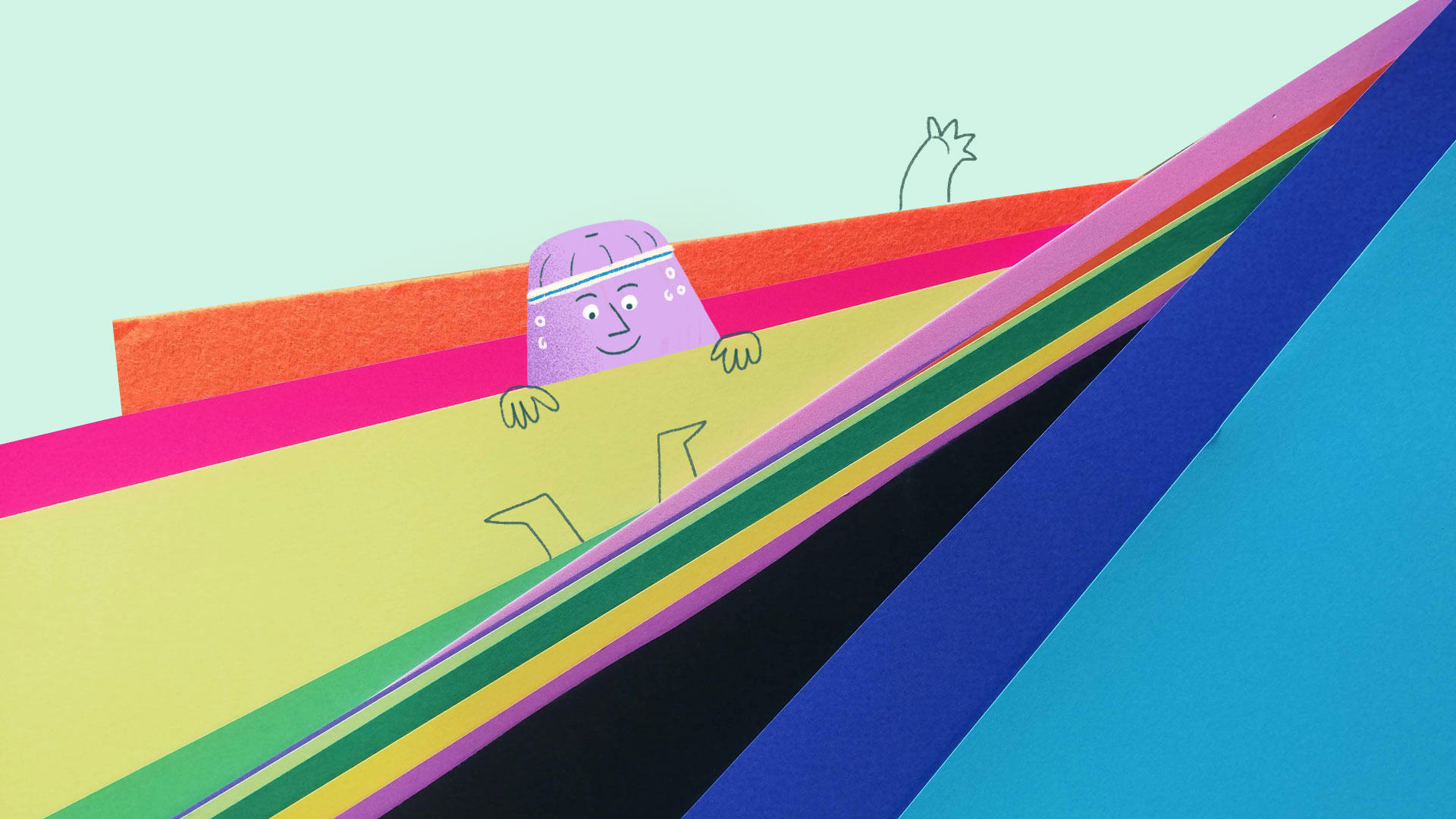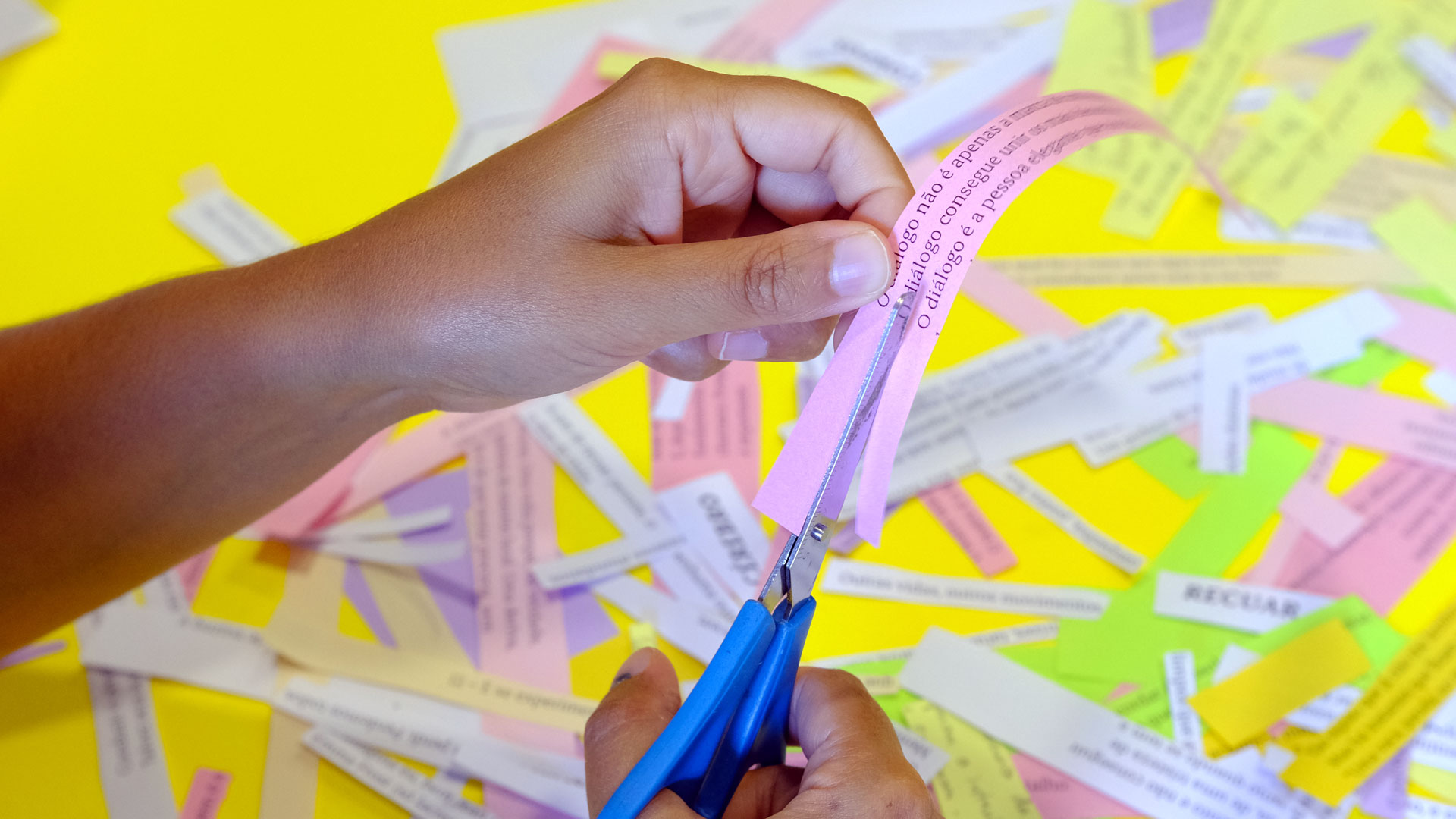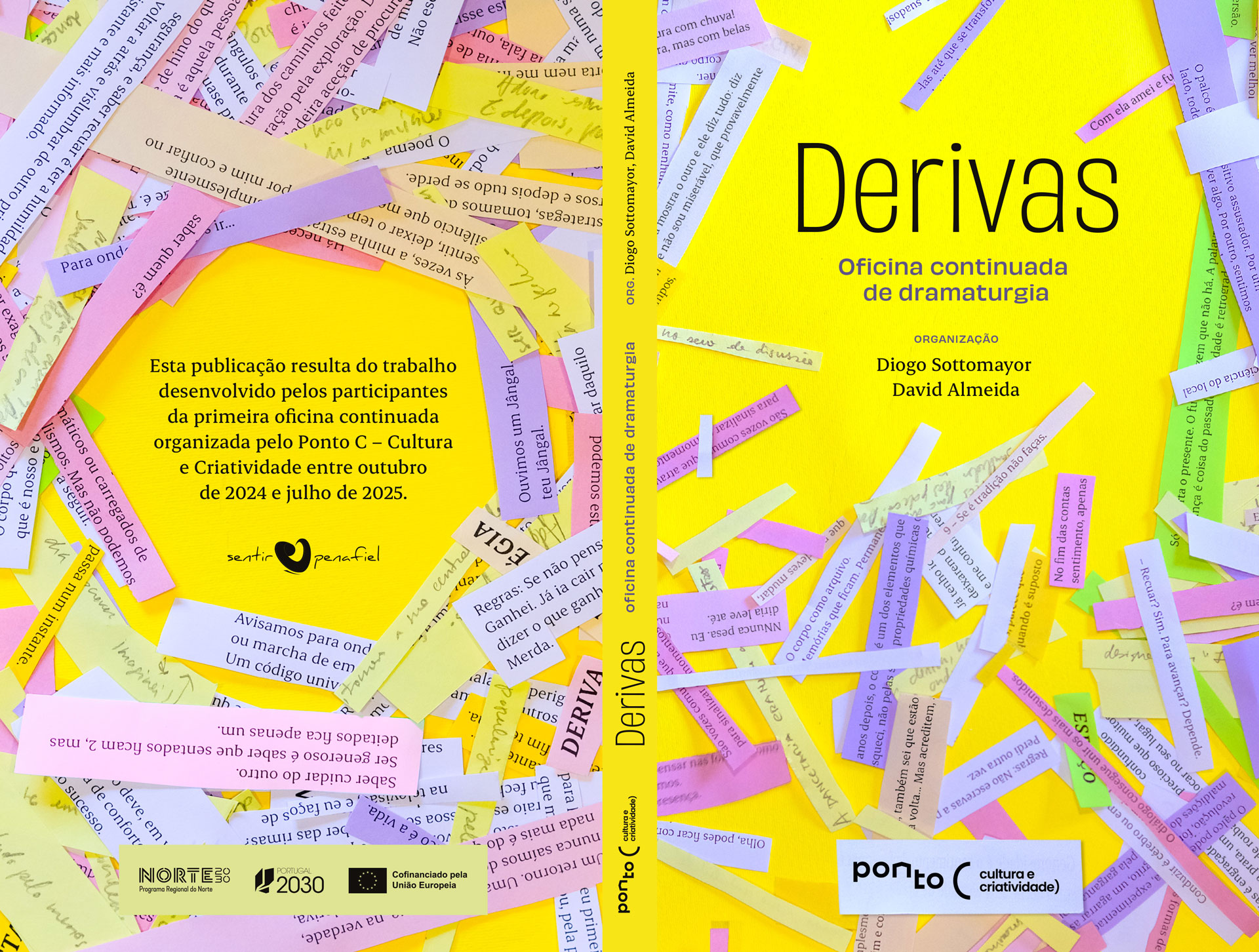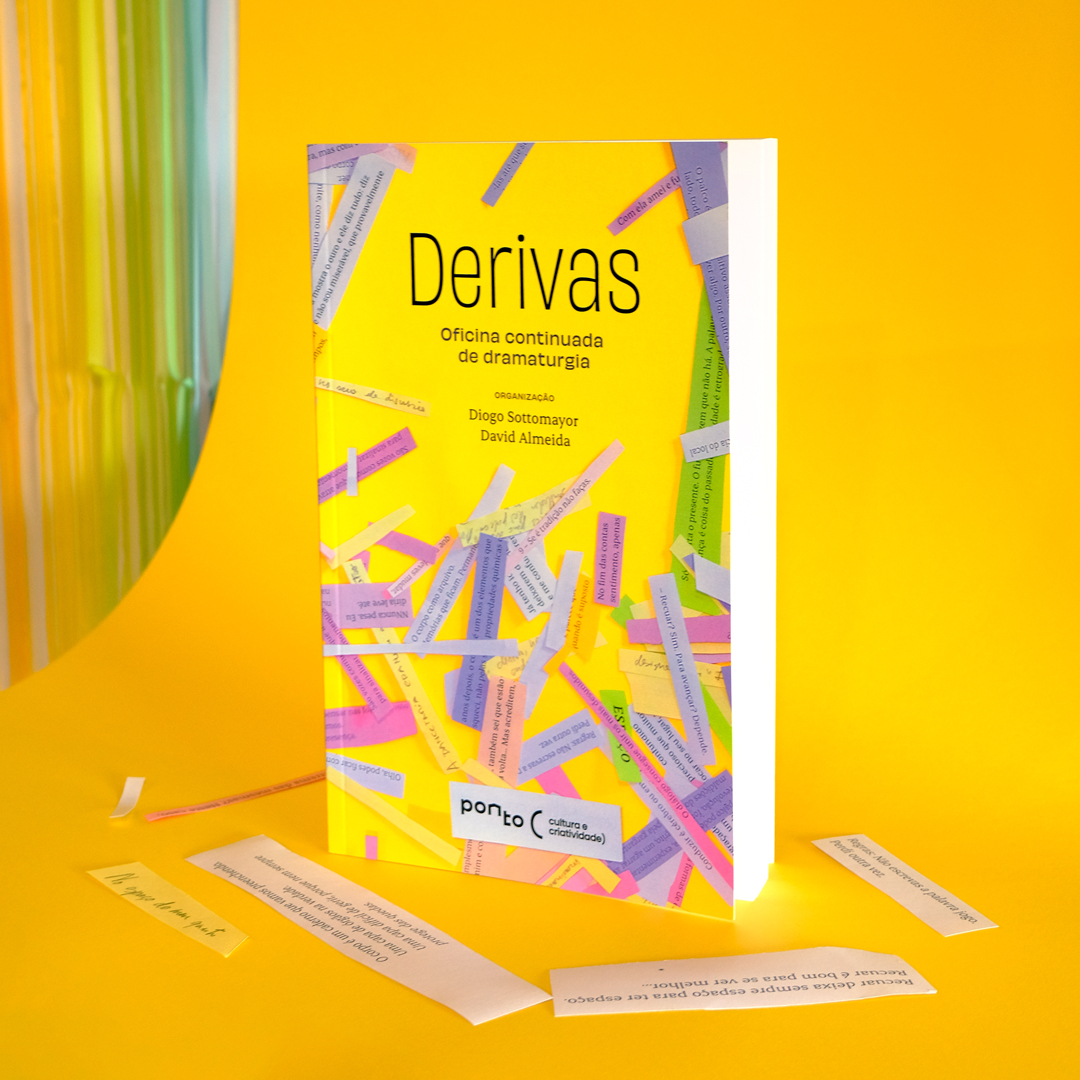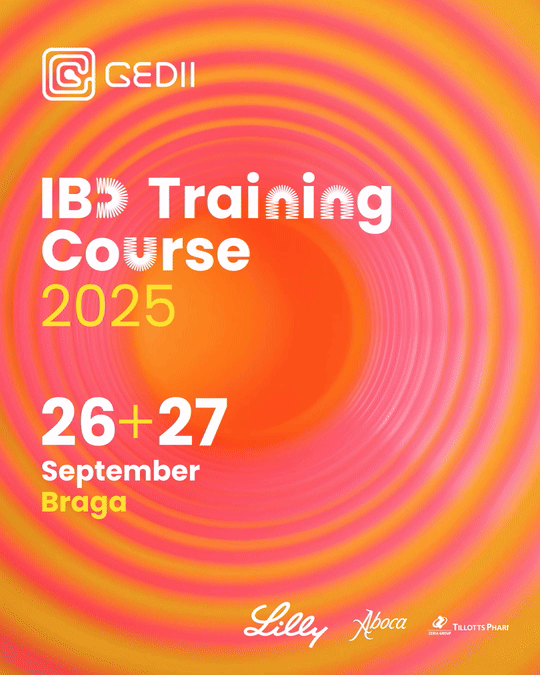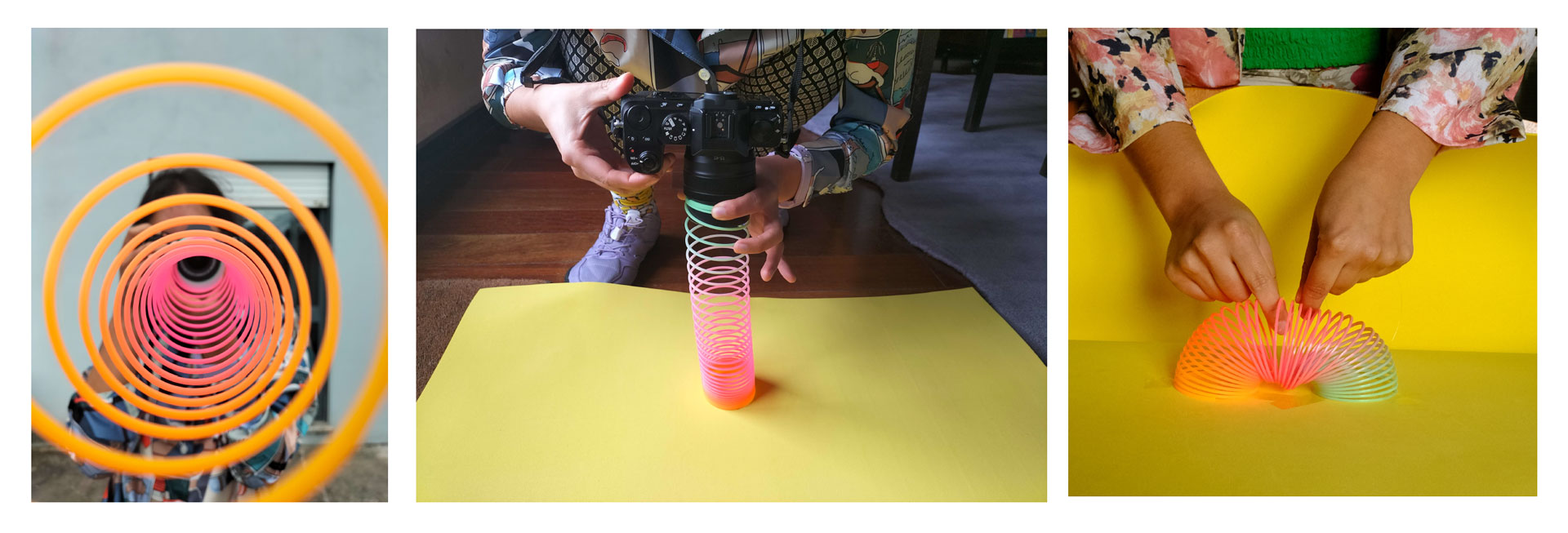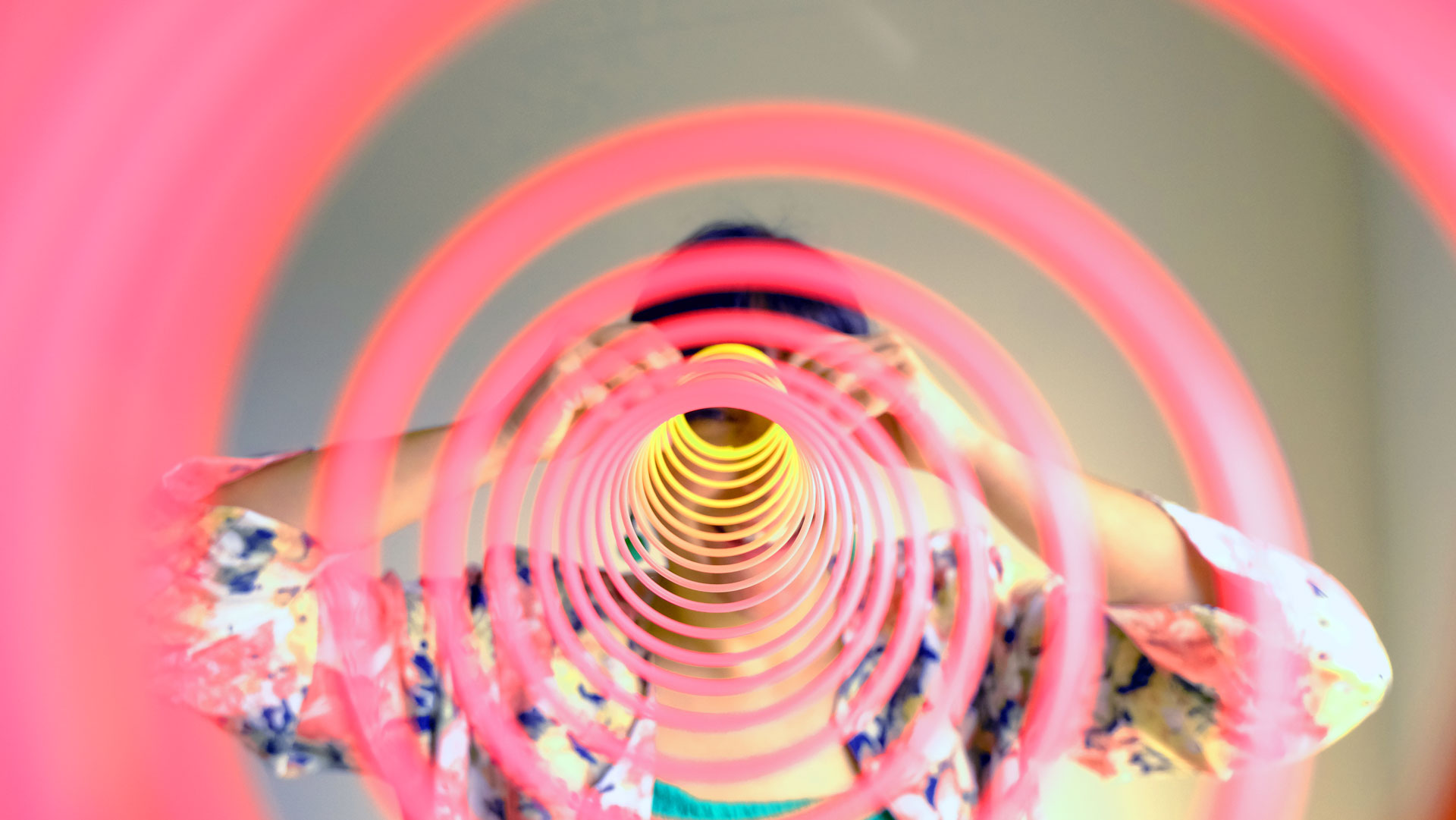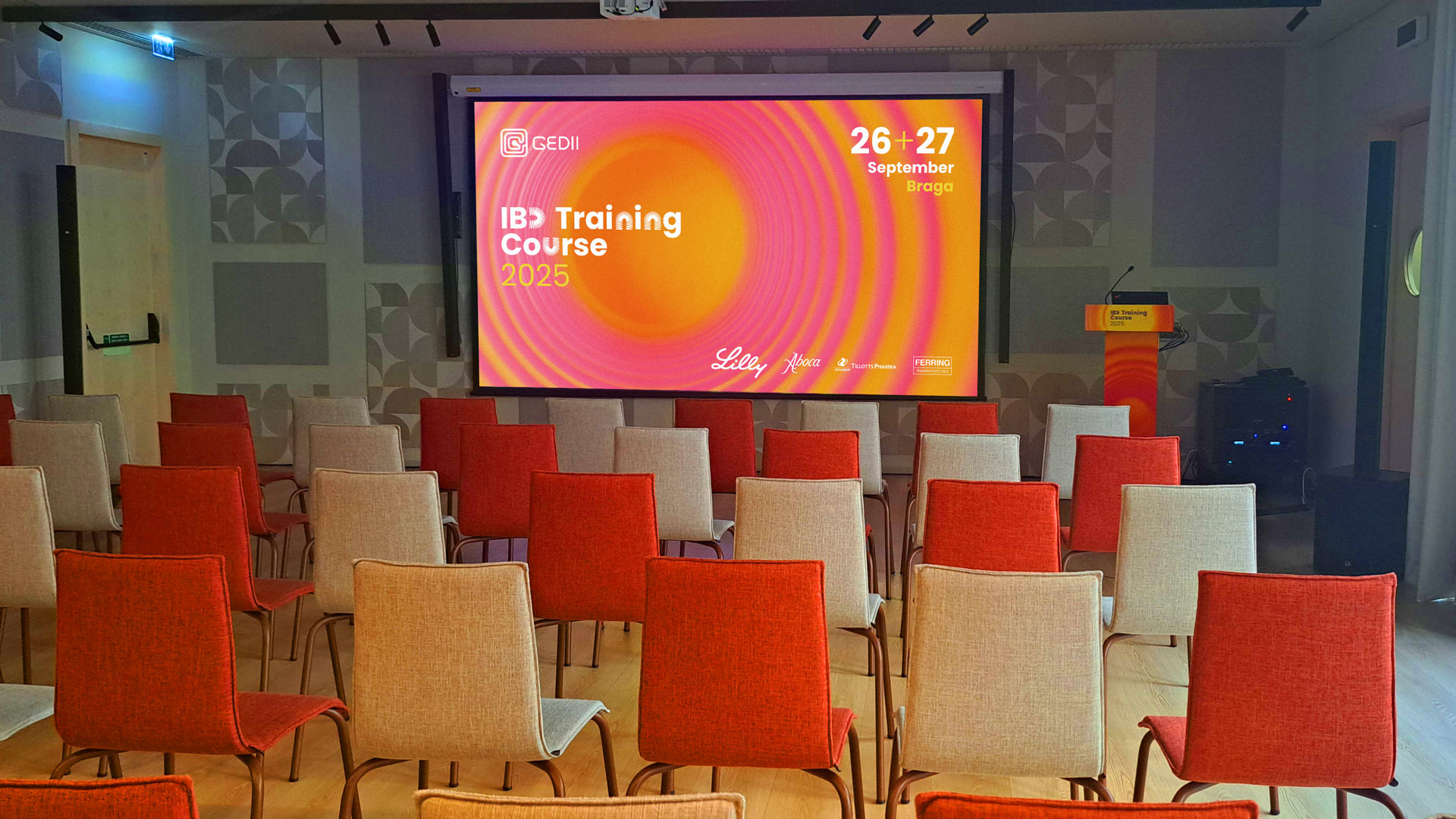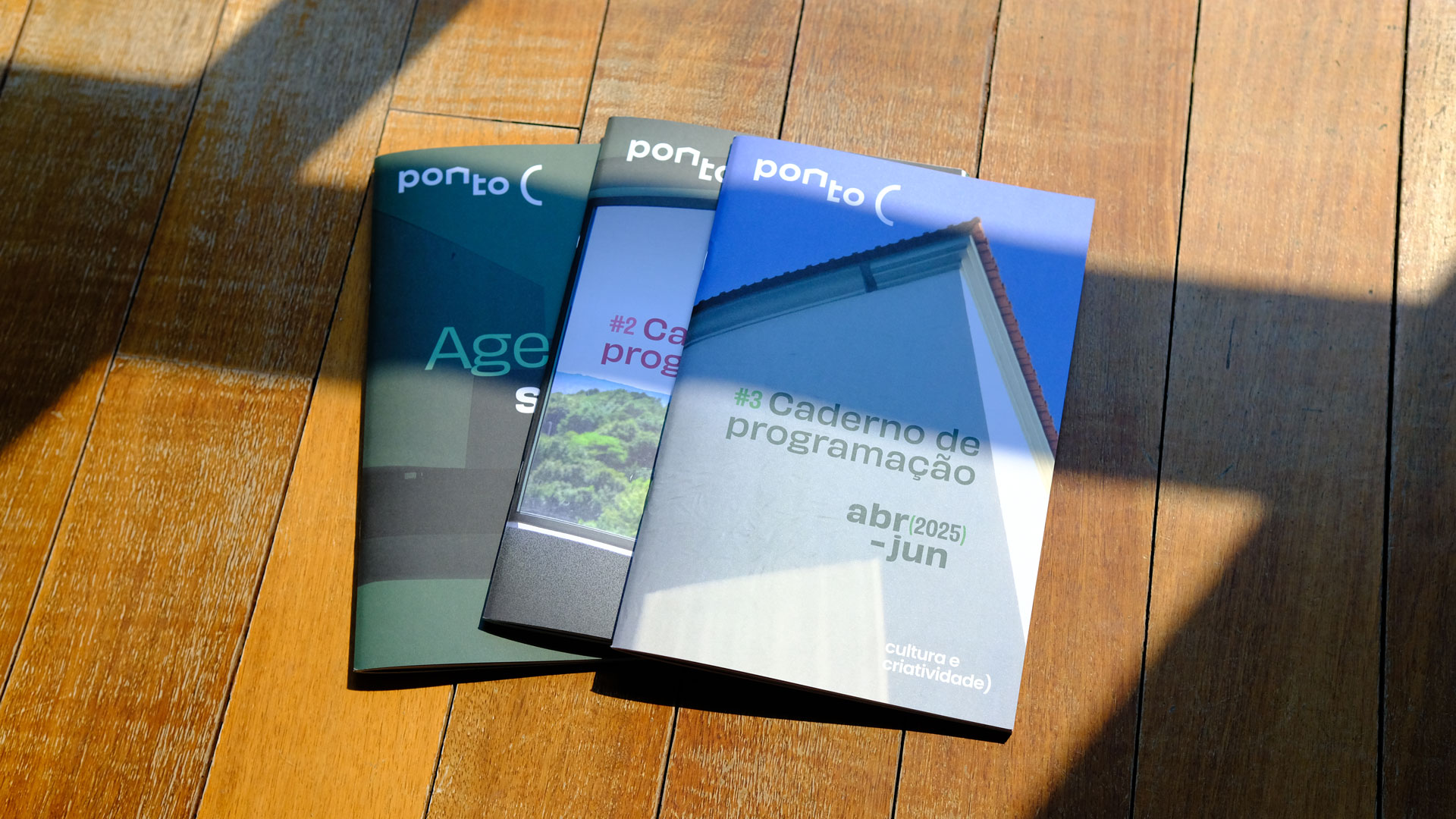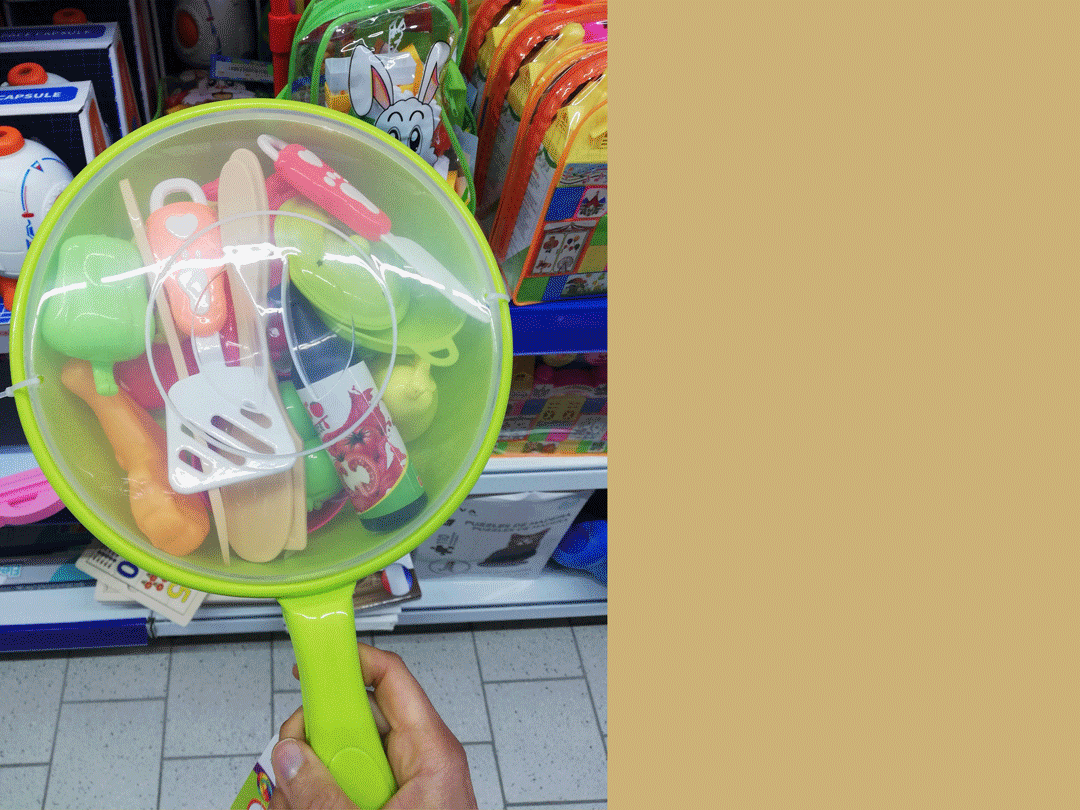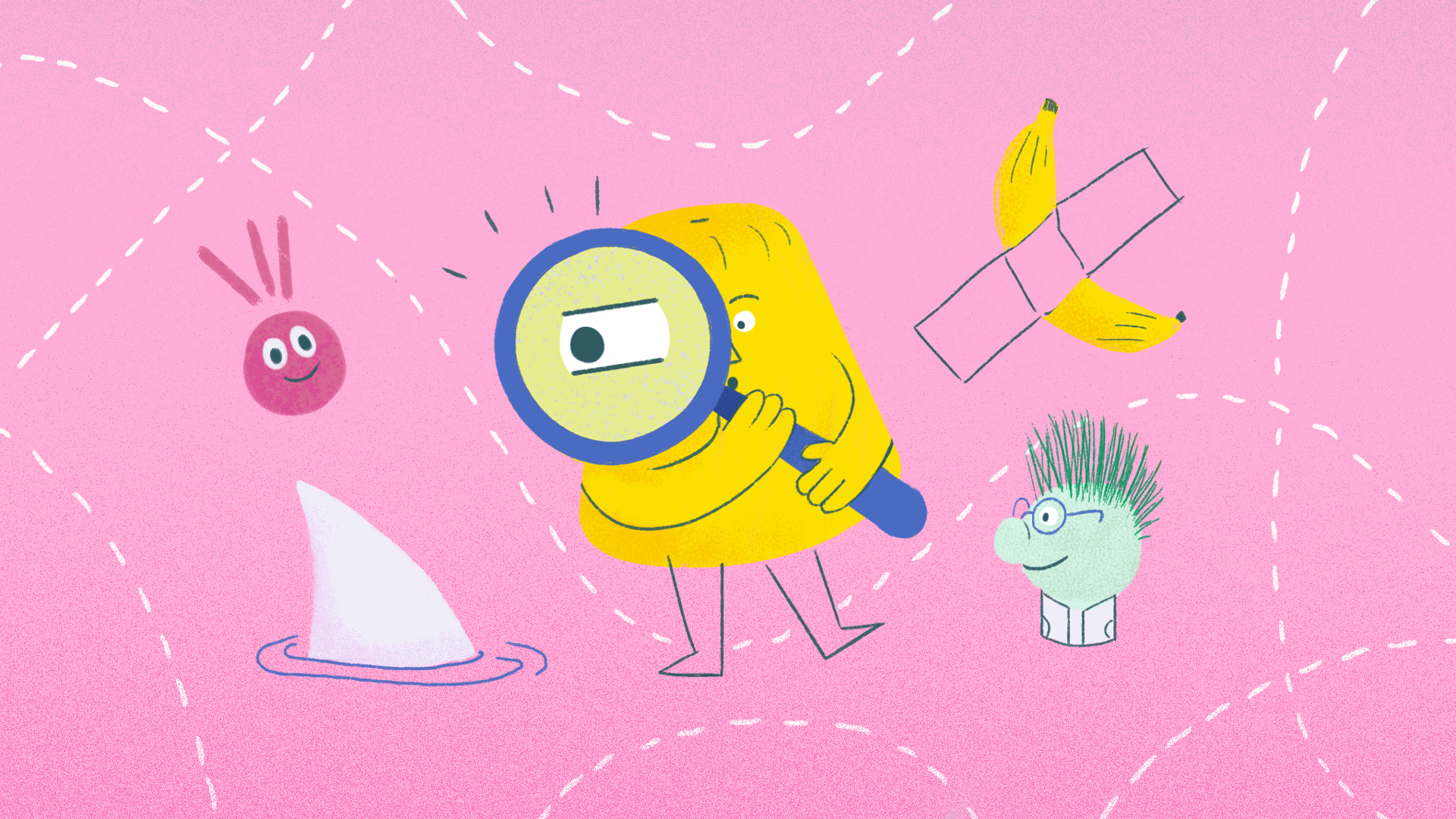Here in Bavaroise, screen time is extensive, every single day. It allows us to be fast, using the most technological tools in service of creativity (though it ruins my eyes and my back, says a long-time myopic 🤓). And although AI already started releasing “image generators” in 2021 (DALL-E), and the leap has been enormous until today, we still enjoy making most of our pieces without its “help” for creating images. In fact, a desire has surged within us to do the opposite, something AI still can’t: step off the screen and use our hands.✌
We love losing ourselves in the process, experimenting with an idea that defies expectations and randomly leads us to another. That’s why this article follows the form of a letter of thanks to AI.✉️
This movement is likely not original, but it will probably be a future trend (I hope): the need to feel the act of creation and, for that, to return a little to our origins. Perhaps it won’t be viable for all projects, but at least we can feel that creative “itch.”.
“Dear A.I,
Thank you for making me go back to paper, to photographing, to sketching outside the iPad, to feeling that the pencil won’t correct itself or that a double-tap won’t undo or erase what I’ve just done. Frustration, as are expectations, is part of the process; the idea in your head is definitely not the final concrete result. Sometimes it is that one mistake that turns into a solution. In the end, that’s what makes the whole thing fun, and not just looking for a loading bar or the machine revealing an image after a prompt. It surely looks magic, but with a lack of ownership and personal touch, it also became easily disposable and similar to others. At least that’s how I have been feeling for now. Although the word now has a short expiration date these days.
Yours sincerely, Bavaroise Design”
To prove my handcrafting experience so far, here are a few recent projects done by the studio:
“Derivas” Book Cover :
The cover for the book “Derivas” (Drifts) Oficina Continuada de dramaturgia, under the direction of Diogo Sottomayor e David Almeida is content piece resulting from the authors’ own experimentation—led us to do the same. Cutting paper, moving it around, tossing it in the air, blowing on it, and photographing it.
IBD (Inflammatory Bowel Disease) Course Image
The image for a IBD course led by GEDII, where the famous colored spring toy (dating back to the 1940s) was the protagonist, both in film and image, due to its resemblance to the intestine and a colonoscopy.
Ponto C Quarterly Program Editorial Design
The double-page design for Ponto C booklet whose title, “Cultura de comer e beber” 🍎🥦 (Culture of eating and drinking), gave rise to a photographic composition made with plastic food—a return to childhood and kitchen toys.😍
Perhaps it’s a “twin syndrome,” similar to what happened when all the kids wore All Star sneakers, and I didn’t want to be like everyone else. I already had a person with the same face next to me, why would I want to be the same as others? The same effect happens with AI: I won’t cast it aside (hey, I’m using it to help me write this article in proper English), I just don’t want to create content identical to everyone else’s, and lose the FUN!
Added to this is the fear of letting the muscle of creativity become flabby. My butt and arms are enough😅; I can’t let my brain fall into this laziness. Technology is here to help us, but it also makes us lazy—I notice it in my memory, in my writing, in my daily life. So, it’s safe to say that AI may have become a good personal trainer for creativity, forcing me to step off the screen, use my hands and other tools, and feel the well-being after a good workout.
What about you? Have you considered AI from this perspective?

